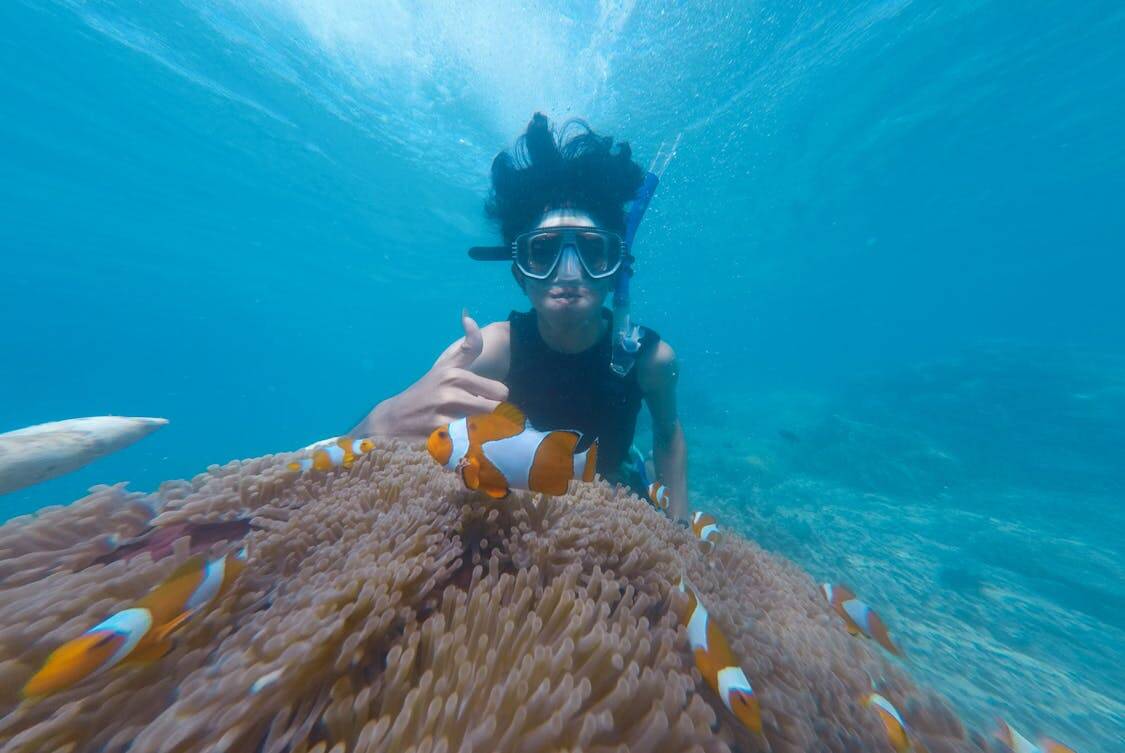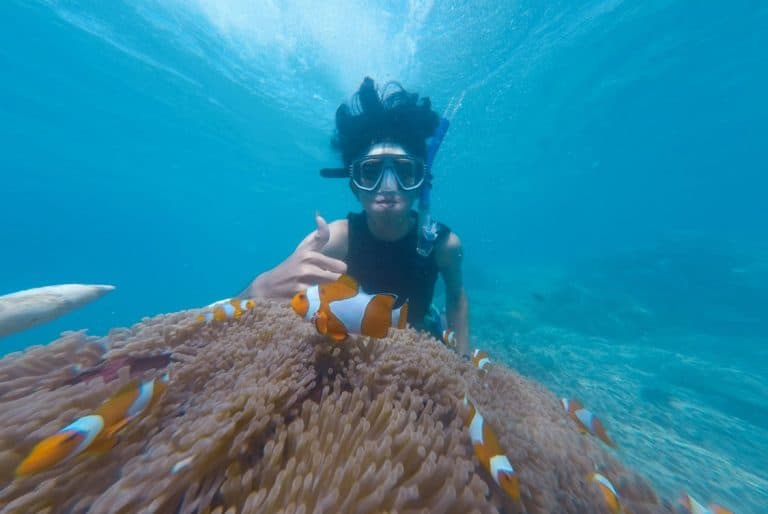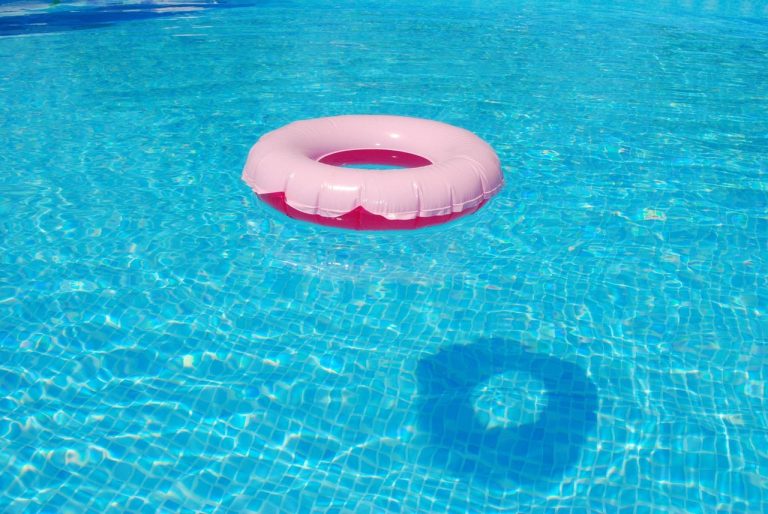Snorkeling opens a window on a world that few get to see up close and plain surface impressions rarely do it justice. Finding quiet coral gardens and secret bays calls for patient searching, a blend of research and local knowledge, and an eye for subtle clues in maps and photos. A few smart moves and …
How to Make Every Snorkeling Experience Truly Unforgettable

Snorkeling opens a window on a world that few get to see up close and plain surface impressions rarely do it justice. Finding quiet coral gardens and secret bays calls for patient searching, a blend of research and local knowledge, and an eye for subtle clues in maps and photos.
A few smart moves and an open mind often lead you to places that feel like a needle in a haystack yet welcome you with clear water and shy fish.
Research Local Conditions
Start with basic facts about seasons, water temperature, and visibility at your chosen destination. Local weather patterns shape what you will see under the surface and short term swings can change a good day into a poor one.
Look for reports on recent visibility and any warnings about jellyfish or strong currents that might affect access. A little homework up front saves time and keeps the outing pleasant.
Learn From Local Guides
Local outfitters and guidebooks crafted by community members often point to less crowded stretches of reef and quiet coves. A friendly conversation can lead to a small map scribble or a tip about where the water is calm in the afternoon.
If you’re looking to explore Hawaii’s underwater beauty safely and with expert insight, consider joining one of the many kona snorkeling tours that showcase the island’s most vibrant reefs and marine life.
Guides also share etiquette that keeps marine life intact and helps you avoid trouble spots that look inviting but are risky. Hiring a local guide builds both safety and a deeper appreciation of place.
Time Your Trip Around Tides And Weather

Tide charts and wind direction are simple tools that greatly affect clarity and entry points on a given day. Low tide might expose reef flats that are rich with life while high tide opens deeper water close to shore with bigger fish.
Cross check swell forecasts to avoid rough patches that stir up sand and reduce visibility. Arrange your outings for windows when conditions support calm water and easy returns.
Seek Out Lesser Known Reefs And Lagoons
Smaller islands and bays away from cruise ship routes often hide reefs that have been left alone for years. Aerial views can show where coral formations lie close to shore and where channels cut through for deeper swimming.
Look for narrow inlets, protected arms of water, and sheltered beaches framed by mangroves or rock. Quiet spots like these tend to reward patient observers with schooling fish and healthy coral growth.
Use Technology And Community Platforms
Social platforms and map apps carry snippets of user experience that reveal more than a glossy travel brochure ever will. Photo timestamps, geotags, and short reviews let you piece together which sites offer clear water and which suffer from runoff after rain.
Community driven sites focused on snorkeling or small boating often list gear notes, parking, and the best time of day to show up. Treat online tips as one thread in a larger tapestry of information.
Read Trip Reports And Niche Forums
Longer form trip notes and forum threads deliver layered context that quick posts do not, including trail access and friendly pitfalls to avoid. These narratives often contain specific directions that GPS alone cannot replicate, such as a landmark to watch for or a local farm road to follow.
Pilgrims of passion who write such reports usually speak plainly and throw in candid photos that help set expectations. A little patience in these corners can pay dividends when planning where to go.
Travel Outside Peak Season
Choosing quieter months shifts the balance from crowds to solitude and sometimes improves your experience more than extra travel time. With fewer people at popular sites local businesses and boat operators are more flexible and willing to share hidden gems.
Water quality and marine behavior can also differ away from high season, creating unique viewing opportunities. Off peak timing can be a safe bet for those craving peace on the water.
Respect Local Rules And Marine Life
Observe posted rules and local customs around marine reserves and fishing areas, and follow simple practices that protect what you came to see. Keep a respectful distance from corals and animals, do not touch or feed wildlife, and avoid standing on fragile structures.
Quiet behavior and slow movements help animals act naturally, which means better sightings and less stress for them. Small acts of care keep sites viable for future visitors.
Hone Your Snorkeling Skills Beforehand
Strong swimming skills and basic breath control make it easier to reach remote spots and enjoy longer surface sessions without tiring quickly. Practice entering and exiting from rocky shorelines and learn how to clear a mask efficiently before you head far from help.
Good gear that fits well cuts down on panic and keeps the focus on wildlife, not on leaks or lost fins. Confident swimmers can turn marginal days into rewarding ones.
Pack Smart And Stay Safe
A thoughtful kit reduces the chance of a small problem ruining a trip and helps you stay longer where the fish are. Bring sun protection that covers skin and eyes, a lightweight float for rest, and a waterproof bag for essentials on shore.
Share your plan with someone who will be on land and leave clear notes about your route and return time. Many hands make light work when it comes to safety, and a simple checklist keeps things orderly.








